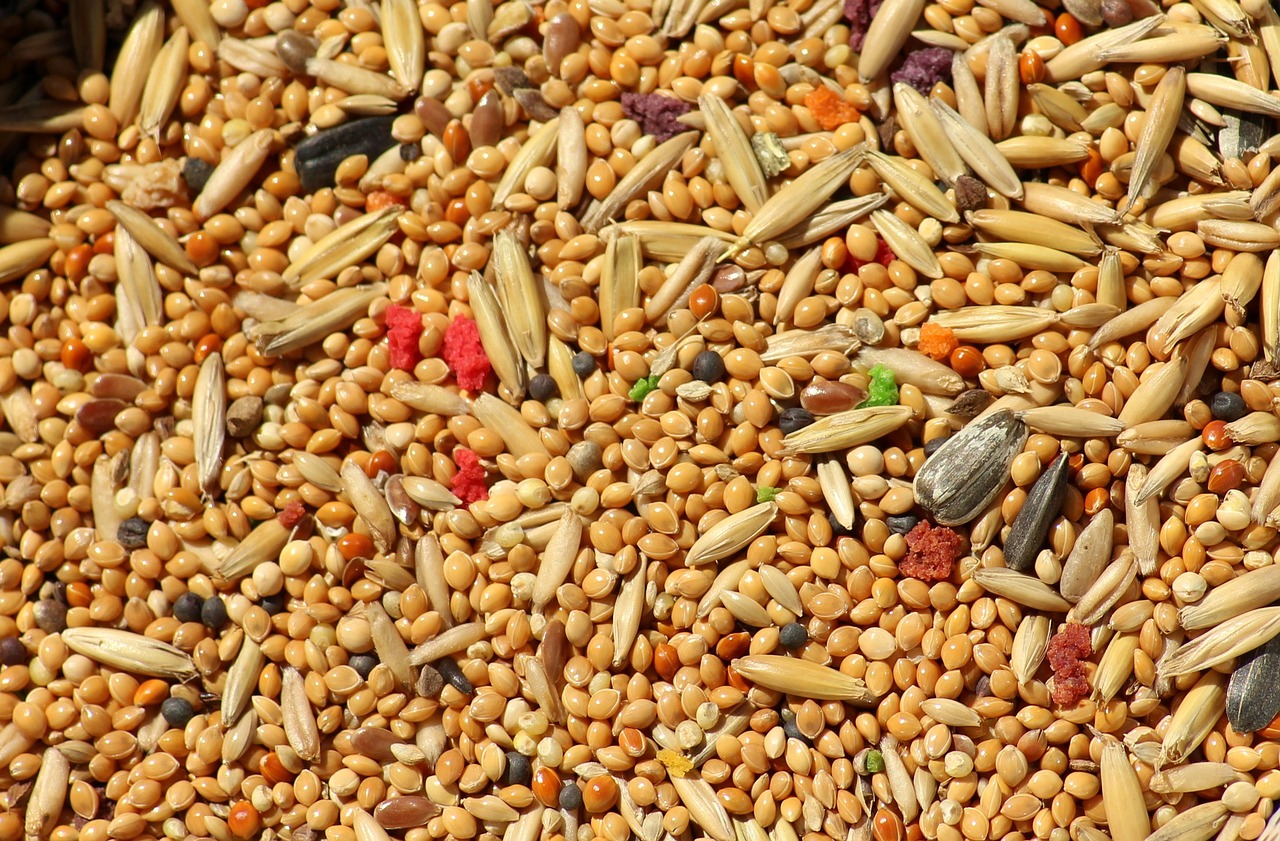A Guide to Cooking with Local and Seasonal Ingredients
Supporting local farmers and utilizing seasonal ingredients in your cooking not only enhances the flavor of your dishes but also promotes sustainability within your community. By choosing local and seasonal ingredients, you are reducing the carbon footprint associated with transporting food long distances. Additionally, these ingredients are often fresher and more nutrient-dense compared to those that have been shipped from afar.
Embracing local and seasonal ingredients in your cooking can also help you connect more deeply with the food you eat and the environment it comes from. By incorporating ingredients that are grown or produced nearby, you are supporting small-scale farmers and producers in your area, helping to preserve traditional farming practices and local food cultures. Moreover, cooking with local and seasonal ingredients allows you to experience the natural rhythms of the seasons, creating a more holistic and satisfying culinary experience.
How to Source Fresh Local Ingredients in Your Area
When looking to source fresh local ingredients in your area, one of the best places to start is by visiting your nearest farmer’s market. Farmer’s markets are a hub for local growers and producers, offering a wide variety of seasonal fruits, vegetables, meats, and dairy products. Engaging directly with the vendors not only allows you to learn more about where your food comes from but also supports the local economy.
Another option for finding fresh local ingredients is to join a Community Supported Agriculture (CSA) program. By subscribing to a CSA, you can receive a weekly or monthly box of in-season produce directly from local farms. This not only guarantees you access to fresh, high-quality ingredients but also helps foster a closer connection to the food you eat and the people who grow it.
Why is it important to use local and seasonal ingredients in cooking?
Using local and seasonal ingredients not only supports local farmers and businesses, but also ensures that you are getting the freshest and most flavorful ingredients available. It can also reduce your carbon footprint by cutting down on the distance that your food has to travel to reach your plate.
How can I find local farmers markets in my area?
You can search online for local farmers markets in your area, check with your city or county government for a list of farmers markets, or ask friends and family for recommendations. Many farmers markets also have websites or social media pages where you can find information on vendors and operating hours.
What are some tips for sourcing fresh local ingredients?
Some tips for sourcing fresh local ingredients include shopping at farmers markets, joining a CSA (Community Supported Agriculture) program, visiting local farms or farm stands, and supporting local grocers or specialty food stores that source their products from local producers.
How can I tell if an ingredient is truly local and seasonal?
One way to tell if an ingredient is truly local and seasonal is to ask the vendor or store where the ingredient came from and when it was harvested. You can also look for labels or signs that indicate where the ingredient was grown or produced, and do some research on what types of foods are in season in your area during a specific time of year.





